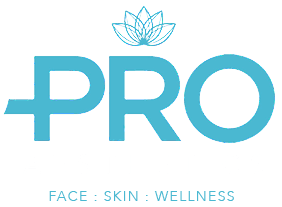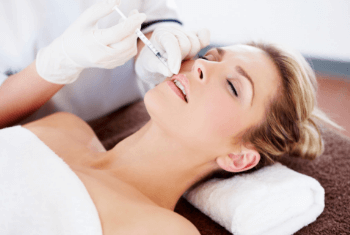Are dermal fillers safe?
Dermal fillers have soared to popularity through the combined efforts of celebrities and media personalities, dermal fillers’ continued development, and their advanced treatment capabilities. Now one of the most, if not the most, popular non-surgical treatments, they’re becoming more and more available for those of us who wish to enhance our natural beauty. However, how much do you know about dermal fillers outside of their treatments areas or who has had them? It’s important that you’re certain of their safety before you undergo treatment, as this will not only keep you safe but also provide the best results…
First things first, what are dermal fillers made of?
The first thing we need to consider when investigating the safety of dermal fillers is what are they made of? After all, this is a treatment that is being placed within your skin, so it’s important they actual product or material itself is safe. Dermal fillers are a gel-like material that contain hyaluronic acid (HA). This sugar is naturally found within your skin, body, and joints, and so is readily accepted by your skin after some minor side effects. This makes the material itself very safe to use for facial aesthetics.
Are dermal fillers permanent?
One of the biggest safety concerns for dermal fillers is how long they last and whether they permanently alter, stretch, or augment the skin. Temporary fillers have unfairly been associated with permanent dermal fillers, of which notable celebrity stories in the media have capitalised on before and afters of silicon fillers gone wrong. Permanent fillers use materials like silicon and are not widely used in the UK anymore due to their permanence, inflexibility, and increased risks. The dermal fillers that use hyaluronic acid, however, are temporary and buildable. This means that you don’t simply have the filler put it and it’s there for life, whether you’re happy with the results or not. Temporary fillers are biocompatible with your skin, so their results can be added to, built upon, and topped up at appropriate intervals.
What makes them temporary?
Because they use hyaluronic acid, they are readily accepted by the skin. This means that they are also readily broken down and dissolved by your skin’s natural processes. Don’t worry, this is entirely natural and normal and nothing to worry about. You won’t even know the process is happening other than noticing your treated area beginning to return to pre-treatment normal. Their dissolving isn’t harmful to your body and they are simply dissolved and flushed away since they are almost entirely natural.
Can dermal fillers be dangerous or unsafe?
The common denominator of when dermal fillers haven’t been safe is when they’re performed by non-medical practitioners. Currently in the UK, anyone can technically inject dermal fillers. This means anyone without medical qualifications is able to perform these treatments. Obviously, this is not recommended! Dermal fillers are unsafe in untrained hands and they are at their most safe when administered by medical professional trained in facial rejuvenation. Pro Aesthetics’ own team of aesthetic practitioners are all medically qualified and trained in multiple injection techniques; our medical aesthetics treatments will only ever be performed by registered professionals.
The dissolving of dermal filler and lip filler takes into consideration different concerns than their initial application, and for this we would highly recommend a consultation first to discuss your options. It is still safe and possible to dissolve filler, but for best outcomes and advice we’d advise talking to your practitioner.
For safe and effective dermal fillers in West Bridgford, Nottingham, book a free consultation with the professionals at Pro Aesthetics. Enquire online or speak to a member of the team on 0115 9831097 today!

